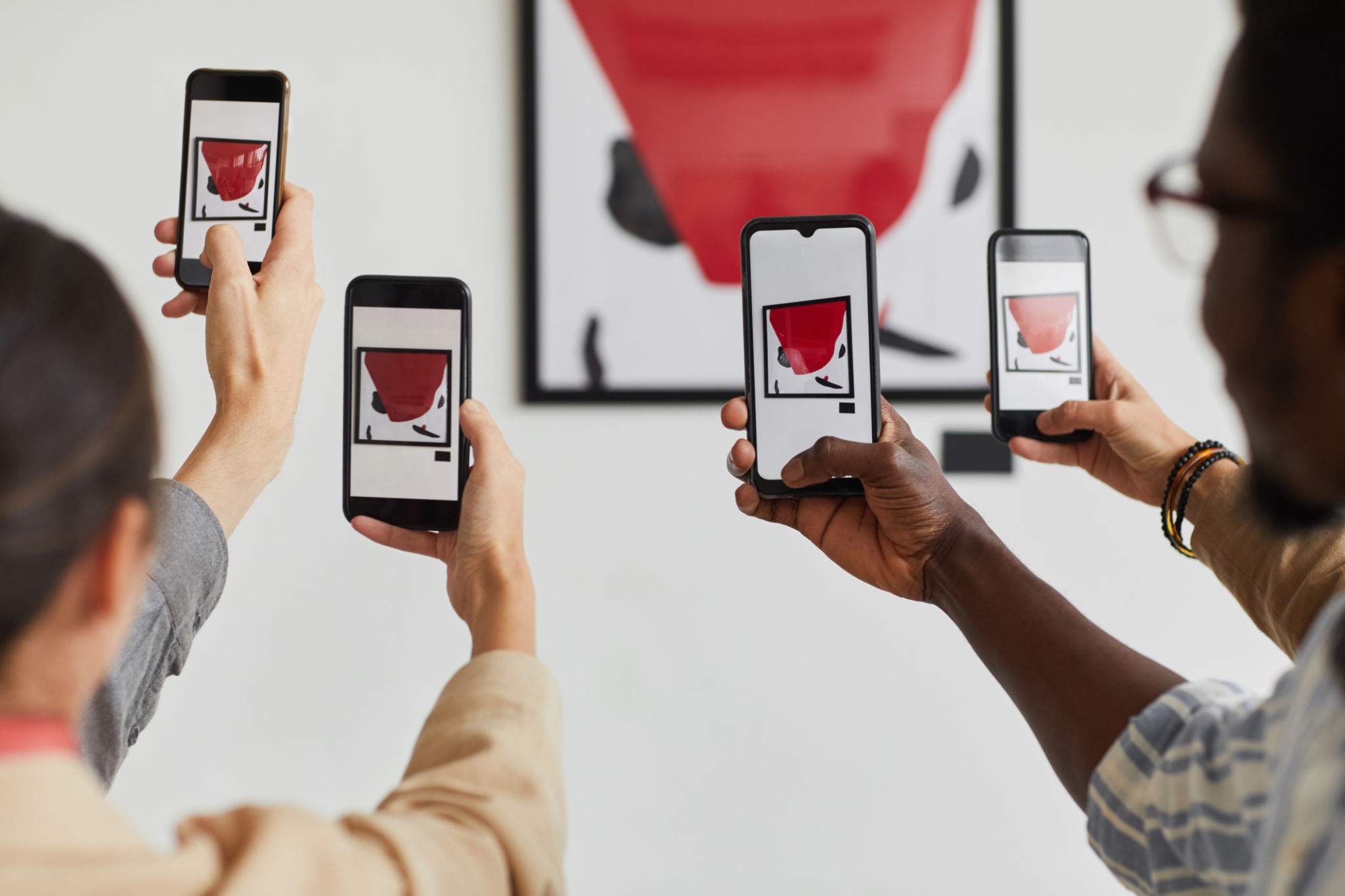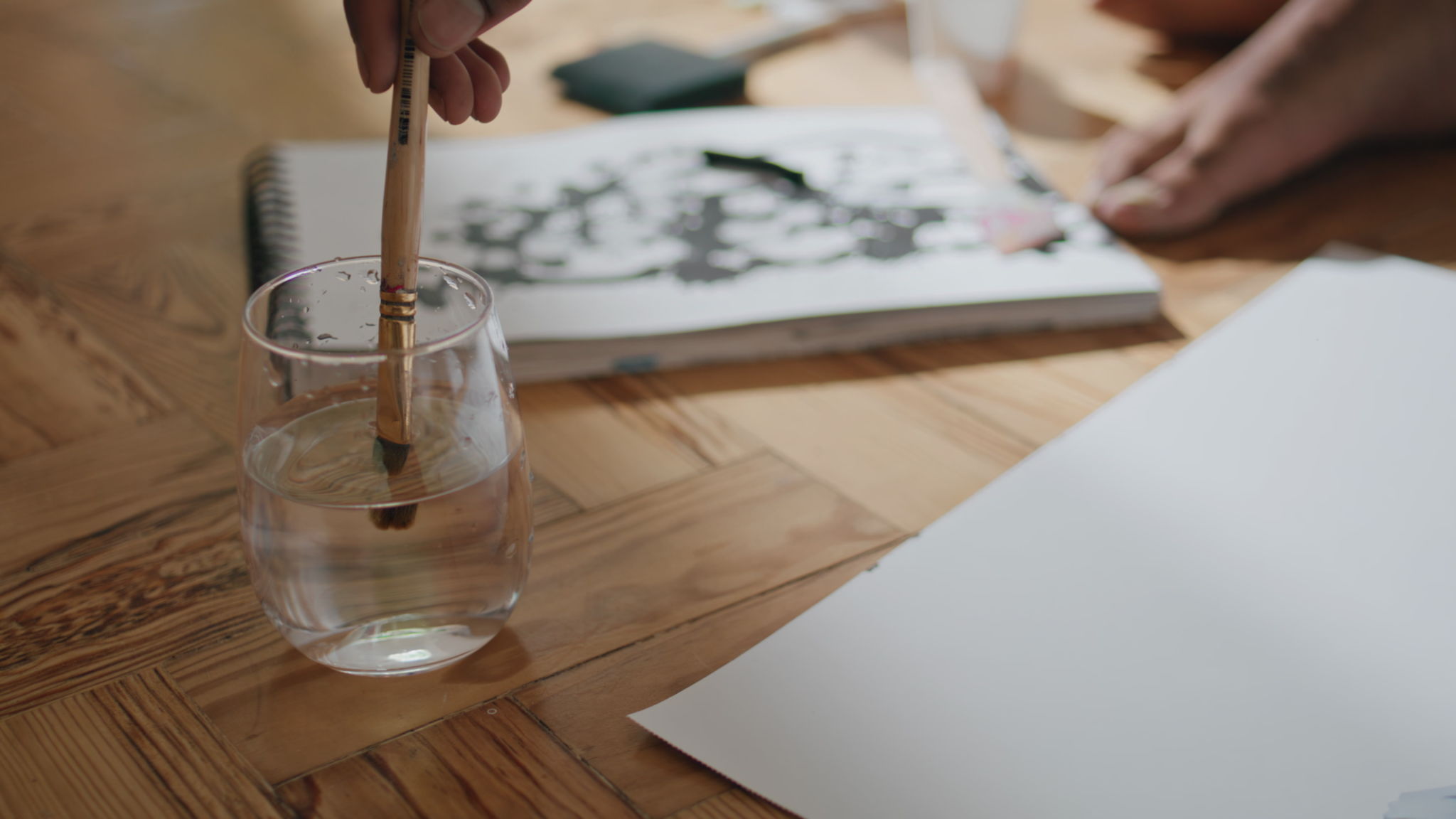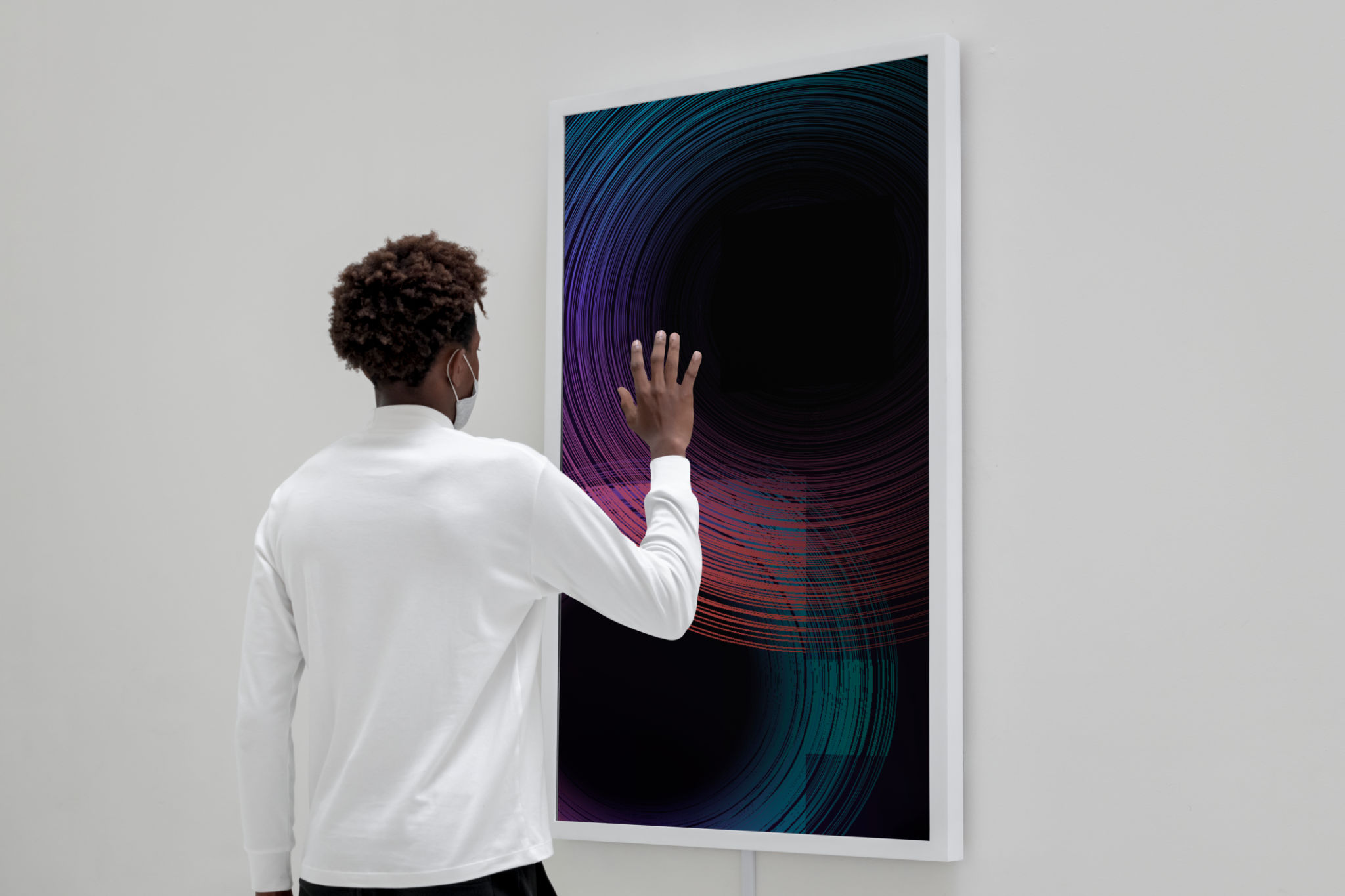Capturing Culture: How Editorial Photography Shapes Museum Exhibitions
HM
The Power of Editorial Photography in Museums
Editorial photography is a transformative tool in the realm of museum exhibitions. It not only captures the essence of culture but also enhances the storytelling aspect of exhibits. Through carefully curated images, museums can convey complex narratives and engage audiences on a deeper level.

Photography plays a pivotal role in bridging the gap between the past and present, allowing visitors to connect with history in a visual and immediate way. The impact of a powerful image can resonate far beyond the confines of a gallery, making editorial photography a crucial element in modern exhibitions.
Enhancing Storytelling through Visuals
Every museum exhibition tells a story, and editorial photography amplifies this narrative by adding layers of meaning and context. A well-chosen photograph can evoke emotions, provoke thought, and invite viewers to explore themes further. This dynamic form of storytelling encourages visitors to engage with exhibits in a more interactive manner.
Moreover, photographs can provide insights into cultures and societies that might be challenging to express verbally. By showcasing diverse perspectives and experiences, museums can foster greater understanding and appreciation among audiences.
The Process of Curating Photographs
The selection process for editorial photography in museum exhibitions is meticulous and deliberate. Curators must consider the historical significance, cultural relevance, and visual impact of each image. This careful curation ensures that photographs complement the overall theme and narrative of the exhibition.

Additionally, collaboration with photographers and artists is often integral to this process. By working closely with those who create these images, museums can ensure authenticity and accuracy in representation, giving voice to the subjects portrayed.
Engaging Modern Audiences
In today’s digital age, where images are consumed rapidly and frequently, editorial photography has the potential to captivate and maintain audience interest. Museums can leverage this by incorporating interactive elements such as digital galleries or augmented reality experiences that allow visitors to explore photographs in new ways.

Furthermore, using social media platforms to share striking images from exhibitions can broaden the reach of museums, attracting a more diverse audience and encouraging international dialogue about cultural topics.
The Future of Editorial Photography in Exhibitions
As technology continues to evolve, the role of editorial photography in museum exhibitions will undoubtedly expand. Innovative techniques such as 3D photography and virtual reality are already beginning to reshape how audiences experience art and history.
Looking forward, museums must remain adaptable and open to new methods of incorporating photography into their exhibits. By doing so, they can continue to offer enriching, educational experiences that honor both past and present cultural narratives.